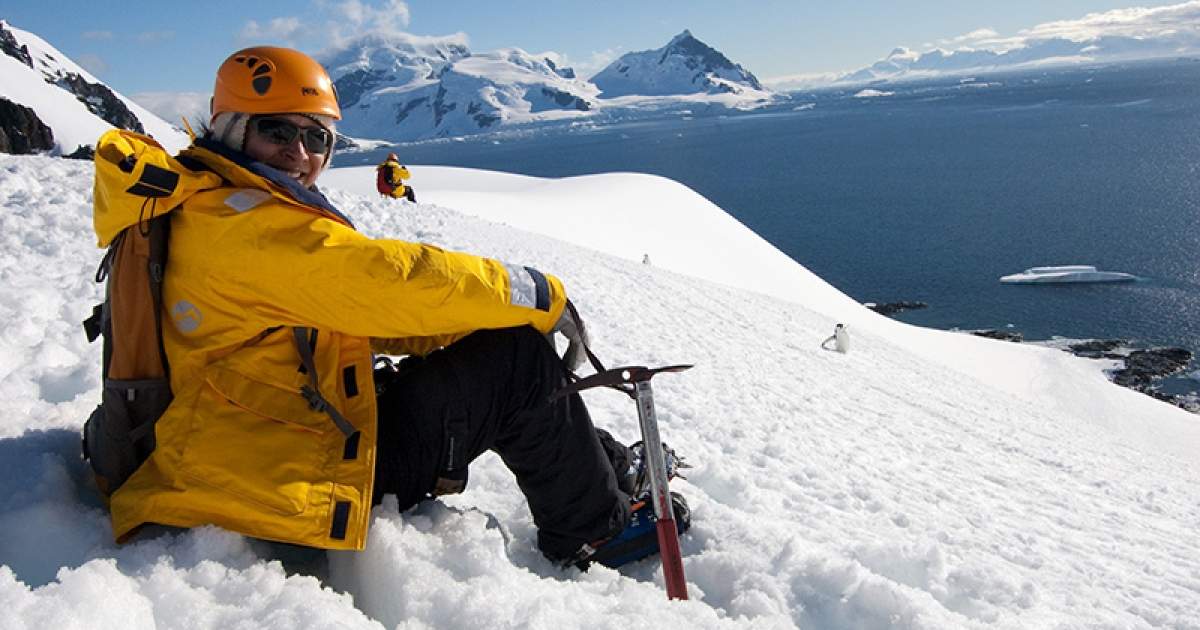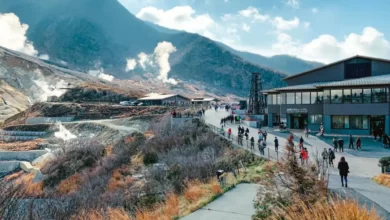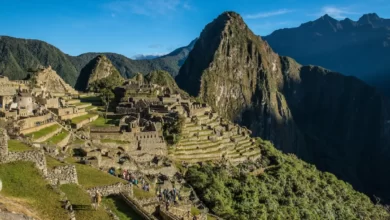Antarctica, the remote and enigmatic frozen continent, remains one of the last frontiers of exploration on our planet. With its vast icy landscapes, breathtaking glaciers, and incredible wildlife, embarking on an expedition to Antarctica promises an unforgettable adventure of a lifetime. In this post, we delve into the mesmerizing journey to the Antarctica continent, highlighting its unique beauty, challenges, and the remarkable experiences that await the intrepid traveler.
Unveiling the Enchantment of Antarctica

Antarctica, the southernmost continent, holds an air of mystique that has fascinated explorers and adventurers for centuries. The journey to this frozen wilderness is not for the faint of heart, but for those who seek to witness the raw power of nature in its most untouched form, it is an opportunity that cannot be missed.
Preparing for the Expedition
Embarking on an expedition to Antarctica is not merely a travel plan; it’s an endeavor that demands meticulous preparation and a steadfast commitment to safety and well-being. As you gear up for this extraordinary journey, the importance of comprehensive planning becomes clear, ensuring that you’re equipped to face the challenges of the frozen continent head-on. In this section, we delve into the essential aspects of preparing for the expedition, from outfitting yourself with the right gear to undertaking vital training.
1. Gear for Extreme Conditions
Antarctica’s extreme cold, ever-changing weather patterns, and diverse terrains require a specialized set of gear that can withstand the challenges of the environment. Packing wisely is the key to staying comfortable and safe throughout the expedition.
Clothing Layers: Dressing in layers is essential for regulating body temperature. Start with a moisture-wicking base layer to keep sweat away from the skin, followed by insulating layers like fleece or down to trap heat. Finally, a waterproof and windproof outer layer provides protection from harsh elements.
Footwear: High-quality insulated and waterproof boots are a must. They should have sturdy soles for traction on icy surfaces and provide ample warmth.
Accessories: Don’t forget essentials like gloves, hats, balaclavas, and scarves to keep extremities warm. UV-protective sunglasses and sunscreen are vital to shield your skin from the intense polar sun.
Equipment: Depending on the activities you’ll partake in, ensure you have the right equipment, such as ice axes, crampons, harnesses, and snowshoes.
2. Physical and Mental Preparation
Antarctica’s terrain demands a level of physical fitness beyond the ordinary, as you may find yourself trekking across icy landscapes or kayaking through frigid waters. Engaging in regular cardiovascular and strength training prior to the expedition can greatly enhance your endurance and ability to tackle the challenges.
Moreover, mental preparedness is equally essential. The isolation and unpredictable conditions can be mentally taxing, so cultivating a resilient and adaptable mindset is crucial. Engage in relaxation techniques, mindfulness practices, and visualization exercises to help cope with potential stressors.
3. Specialized Training
Enrolling in specialized training programs before the expedition is not just advisable; it’s often mandatory. These courses are designed to equip you with the skills needed to navigate safely through Antarctica’s unique environment.
Topics covered might include:
Cold Weather Survival: Learning to manage exposure and hypothermia risks, understanding frostbite prevention, and practicing proper clothing layering techniques.
Navigation: Developing skills to read maps, use GPS devices, and navigate through the challenging topography.
Safety Protocols: Understanding emergency procedures, risk assessment, and communication protocols to ensure the safety of yourself and your team.
Wildlife Interaction: Gaining insights into how to respectfully interact with the local wildlife without disturbing their natural behaviors.
Environmental Awareness: Understanding the importance of minimal impact and responsible tourism practices in preserving the fragile ecosystem.
4. Medical Considerations
Due to the remote nature of Antarctica, medical concerns must be taken seriously. A comprehensive medical check-up is advisable, and discussing the trip with a healthcare professional can help determine any necessary vaccinations or medications. Additionally, packing a well-stocked first aid kit tailored to the environment is essential.
5. Packing and Logistics
Packing efficiently is a challenge, given the stringent weight and size limits imposed on expedition gear. Coordinating with the expedition company or leaders can help streamline this process, ensuring you have all the essentials without unnecessary bulk.
Setting Foot on the Frozen Continent

As the expedition vessel approaches the icy shores of Antarctica, a sense of anticipation and awe fills the air. The first glimpse of the towering icebergs and glaciers is a sight to behold, leaving a lasting impression of the continent’s grandeur. The pristine landscape is home to breathtaking ice formations that stretch as far as the eye can see, creating a surreal and ethereal atmosphere.
Encounters with Wildlife
One of the most captivating aspects of the journey to Antarctica is the opportunity to witness its unique wildlife. Penguins, seals, and seabirds thrive in this harsh environment, adapting to the extreme conditions with remarkable resilience. From adorable Adélie penguins waddling across the ice to massive elephant seals basking in the sun, these creatures offer a rare and up-close glimpse into their lives.
Challenges and Rewards
While the journey to Antarctica is undeniably rewarding, it comes with its share of challenges. The unpredictable weather, treacherous ice formations, and remote location demand a spirit of adventure and flexibility. However, the challenges are far outweighed by the rewards – the chance to stand on a continent that few have touched, to witness the stunning interplay of light and ice, and to connect with nature in its most untouched state.
Environmental Conservation and Responsibility
As visitors to this fragile ecosystem, it is our responsibility to minimize our impact on the environment. Travelers to Antarctica must adhere to strict guidelines to ensure that the delicate balance of the ecosystem remains undisturbed. This includes respecting wildlife habitats, practicing proper waste disposal, and adhering to regulations that protect the continent’s pristine nature.
Capturing the Essence of Antarctica
The journey to Antarctica is more than just a physical expedition; it is a journey of the soul. It is a place where the vastness of the landscape humbles you, where the silence is profound, and where the beauty of nature reigns supreme. Capturing the essence of Antarctica through photographs and journaling allows you to relive the experience and share it with others who might be inspired to embark on their own adventures.
Conclusion
Embarking on an expedition to the Antarctica continent is a true testament to the human spirit of exploration and curiosity. The frozen landscapes, vibrant wildlife, and the sense of remoteness combine to create an unparalleled adventure. As you prepare for your journey, remember that Antarctica is not just a place on the map; it is an experience that will forever shape your understanding of the world and your place within it. So, take the leap, embrace the challenges, and let the frozen continent weave its magic around you.





